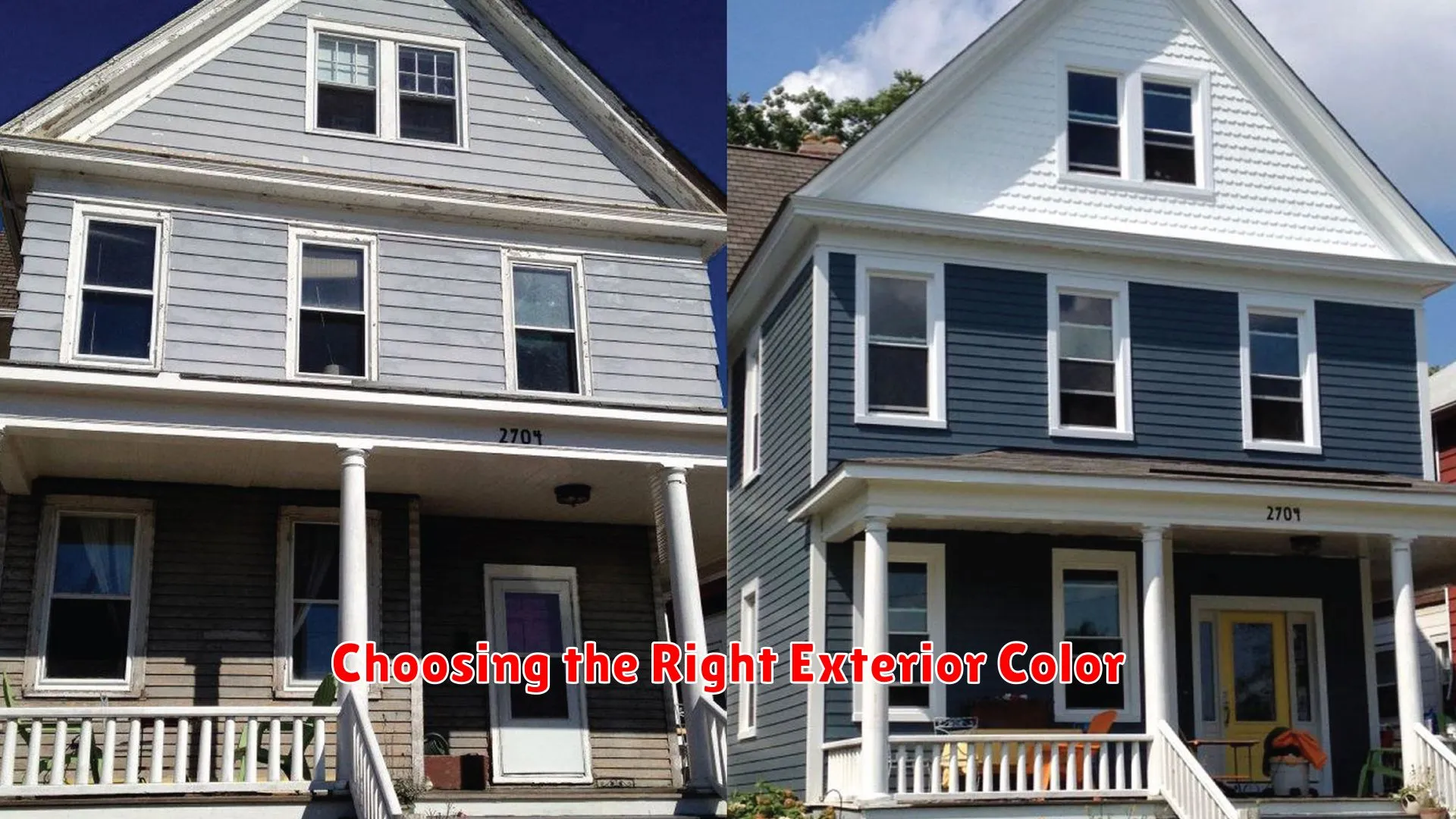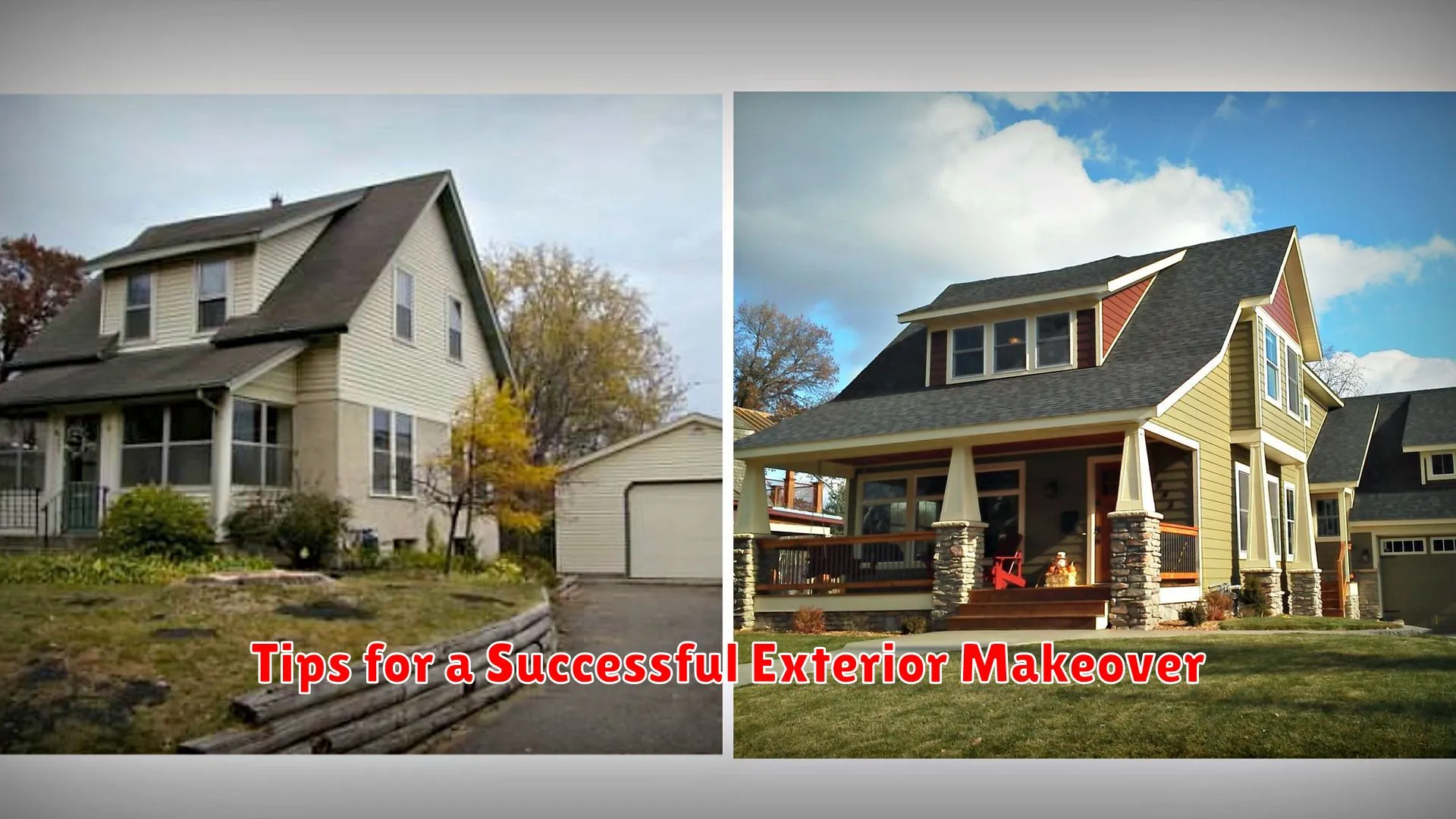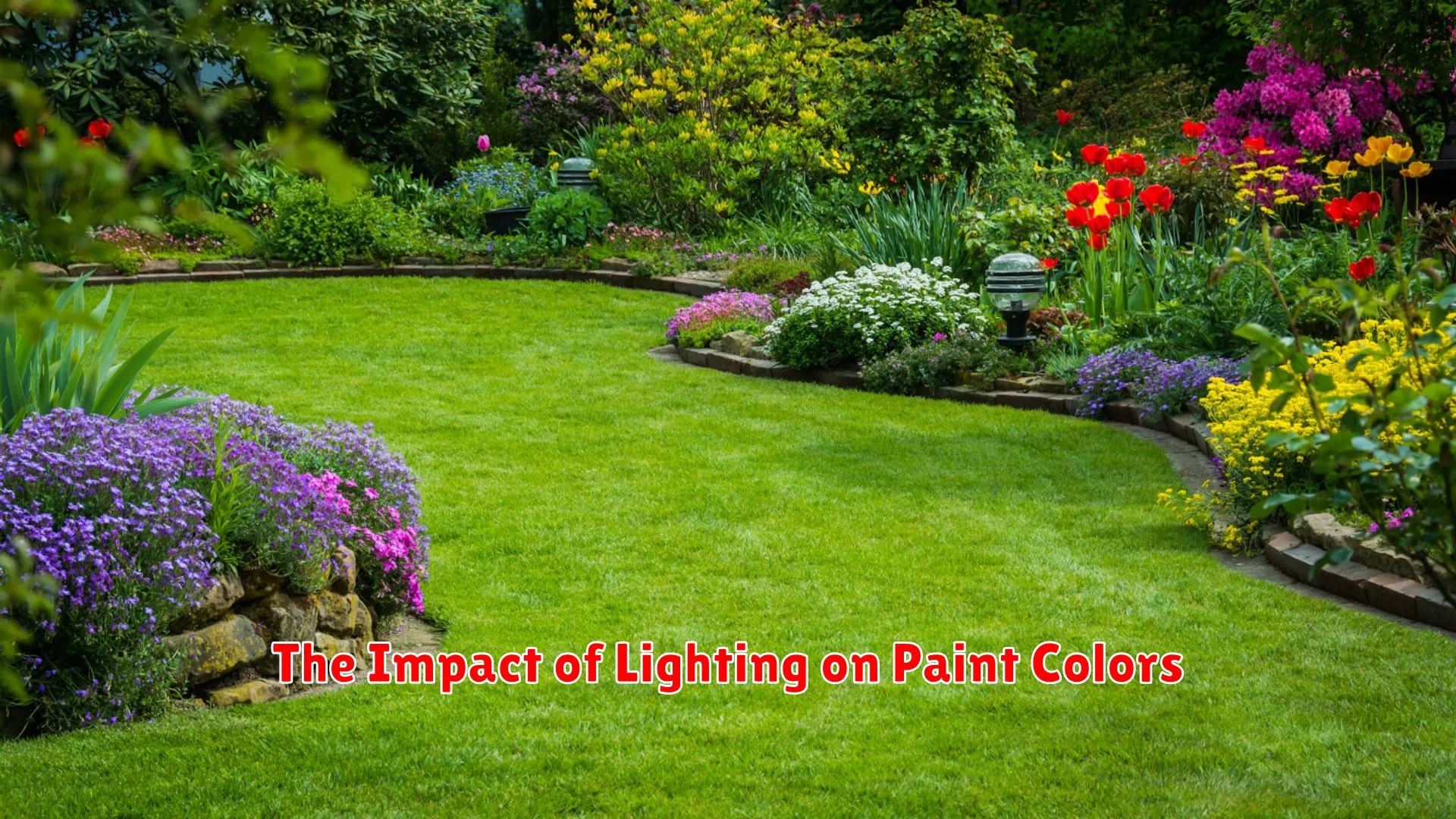Discover how the right exterior paint colors can transform your home from drab to fab in our comprehensive guide. Learn expert tips and tricks to elevate your curb appeal and create a stunning first impression.
Choosing the Right Exterior Color

When it comes to transforming the exterior of your home from drab to fab, one of the most crucial decisions you’ll make is selecting the right color. The exterior paint color not only enhances the curb appeal but also reflects your personal style. Here are some key tips to help you navigate the world of exterior paint colors:
Consider Your Home’s Architecture
Take cues from the style and architecture of your home. Traditional homes often look stunning in classic colors like white, gray, or beige, while modern homes can carry bold and vibrant hues.
Assess the Surrounding Environment
Look at the colors in your surroundings. Consider the landscape, neighboring homes, and even the climate of your area. You want a color that harmonizes with the environment.
Test the Colors
Before committing to a color, obtain samples and test them on different areas of your home. Colors can look different under various lighting conditions, so it’s essential to see how they appear during different times of the day.
Think about the Details
Don’t forget about the trim, accents, and doors. These details can either complement or clash with the main color. Make sure they all work together harmoniously to create a cohesive look.
Seek Inspiration
Explore magazines, websites, and even your neighborhood for inspiration. Seeing real-life examples can help you visualize how certain colors will look on your home.
Tips for a Successful Exterior Makeover

When it comes to transforming your home from drab to fab, the exterior paint color you choose plays a crucial role. Here are some tips to help you achieve a successful exterior makeover:
1. Consider Your Home’s Architecture
Take into account the architectural style of your home when selecting a paint color. Traditional homes often look stunning with classic, neutral shades, while modern homes can carry bold and vibrant hues with confidence.
2. Harmonize with the Surroundings
Blend your exterior paint color with the surrounding environment. Consider factors such as the landscape, neighboring homes, and even the climate of your area to ensure your chosen color complements its surroundings.
3. Test Before Committing
Before finalizing a paint color, test samples on different parts of your home’s exterior. Take note of how the color appears in various lighting conditions throughout the day to ensure it looks great from dawn to dusk.
4. Don’t Forget About Trim and Accents
Enhance the overall look of your exterior by choosing complementary colors for the trim, doors, and other accents. These smaller details can make a significant impact on the final aesthetic of your home.
5. Quality Over Quantity
Invest in high-quality paint products to ensure a long-lasting and durable finish. While it may be tempting to cut costs, choosing premium paints will not only enhance the appearance of your home but also protect it from the elements.
6. Seek Professional Advice
If you’re unsure about choosing the right exterior paint color, don’t hesitate to seek advice from professional painters or color consultants. Their expertise can help guide you towards making the best decision for your home.
The Impact of Lighting on Paint Colors

Choosing the right exterior paint color for your house is a significant decision that can greatly affect its overall appearance. One often overlooked factor that can influence how paint colors appear is the lighting conditions around your home. Natural light and artificial lighting can both impact the way colors look, leading to either enhancement or distortion of the chosen hues.
Natural Light:
During different times of the day, natural light can cast varying tones on your home’s exterior. For example, colors may appear warmer in the morning or evening sunlight, while midday sun can bring out cooler tones. It’s essential to consider how the natural light interacts with your chosen paint colors to ensure the desired effect.
Artificial Lighting:
Outdoor lighting fixtures can also influence how your paint colors are perceived, especially during nighttime. Warm-toned lighting can enhance warmer colors, while cooler lighting may give a bluish tint to your exterior. The placement and intensity of artificial lights should be taken into account when selecting paint colors.
Tips for Choosing Paint Colors:
- Test paint samples on different areas of your home to see how they look under various lighting conditions.
- Consider the orientation of your house and how it affects natural light exposure throughout the day.
- Consult with a professional painter or color specialist to get expert advice on choosing the right colors for your home.
- Take into account the surrounding environment and architectural style of your house when selecting paint colors.
By understanding how lighting can influence paint colors, you can make informed decisions that will help transform your home from drab to fab with the perfect exterior color scheme.
Conclusion
Choosing the right exterior paint color can truly transform a home from drab to fab, enhancing its curb appeal and overall aesthetics. When selecting a hue, consider factors like architecture, surroundings, and personal style to create a harmonious and eye-catching facade.




